Answered step by step
Verified Expert Solution
Question
1 Approved Answer
The $3.70($2.50+$1.20) total overhead rate per direct labor hour (DLH) is based on a predicted activity level of 38,500 units, which is 70% of the

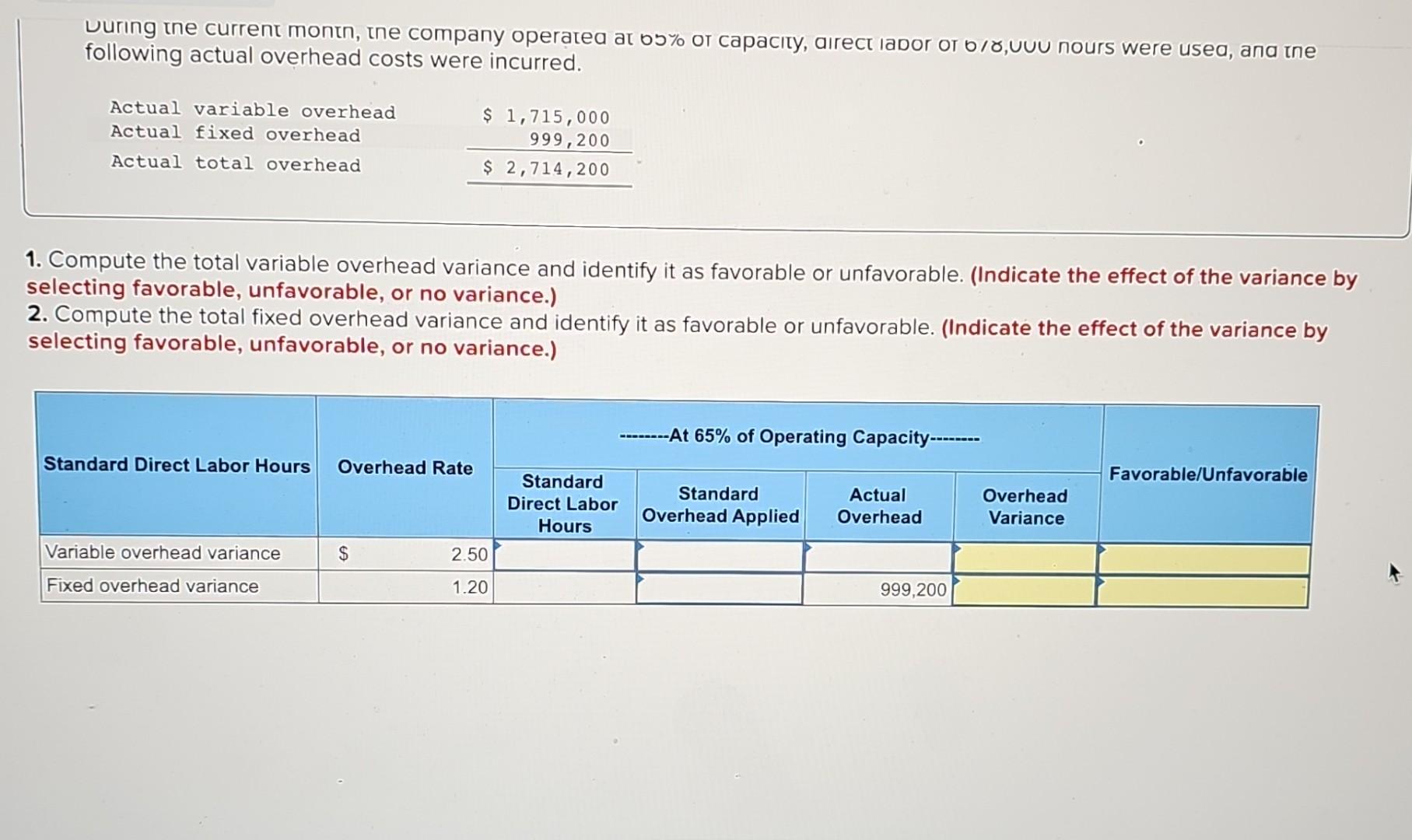
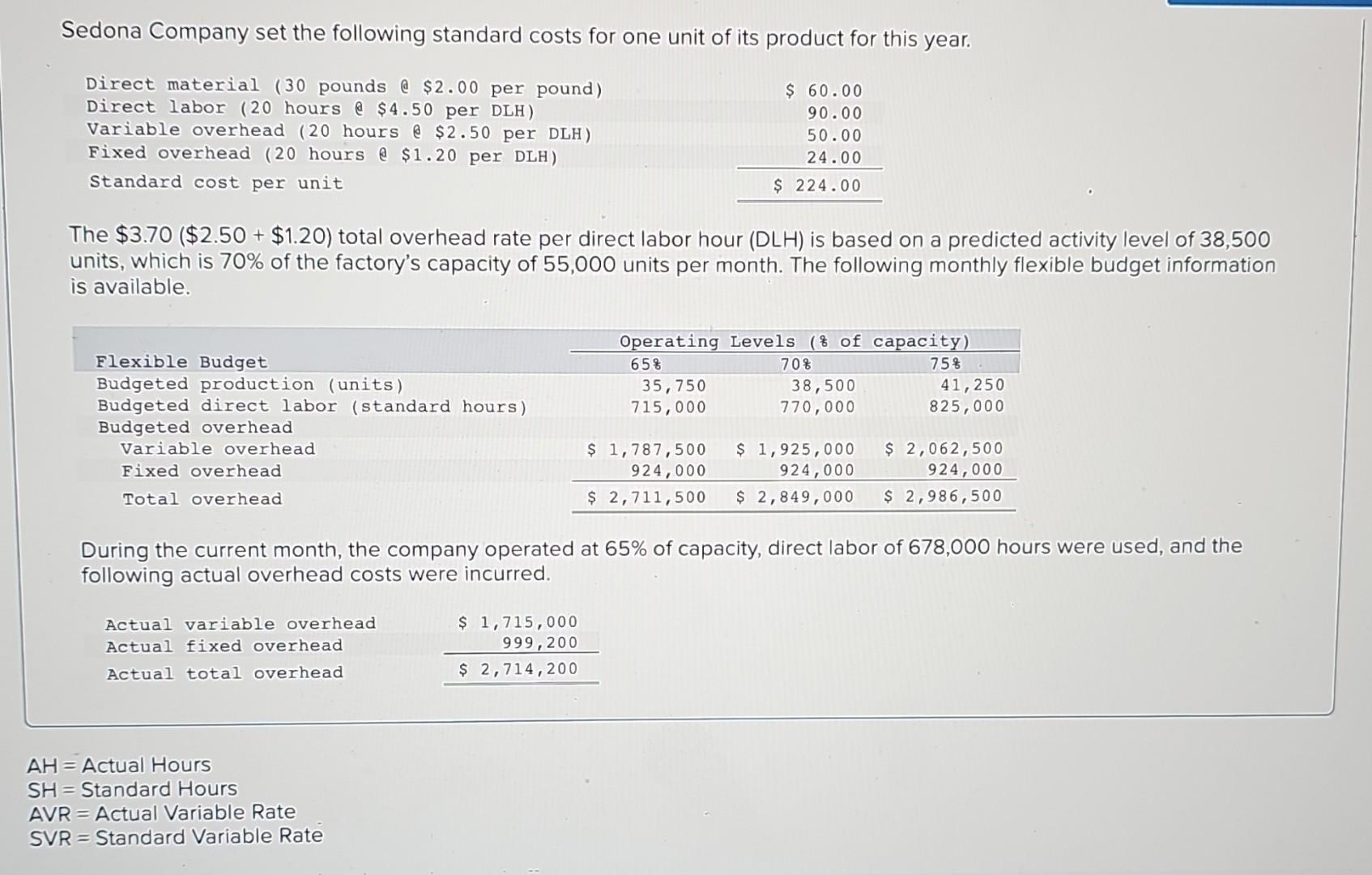
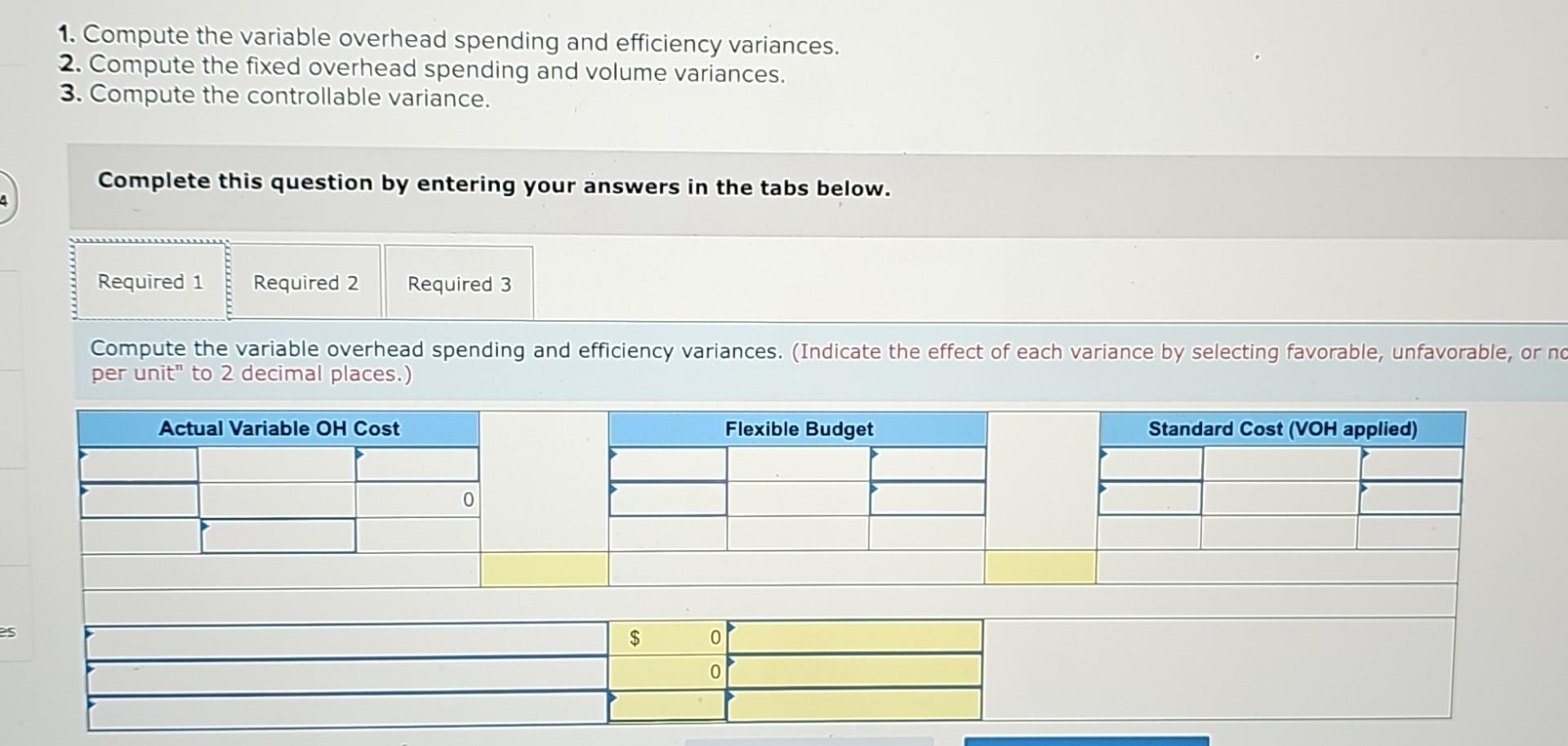
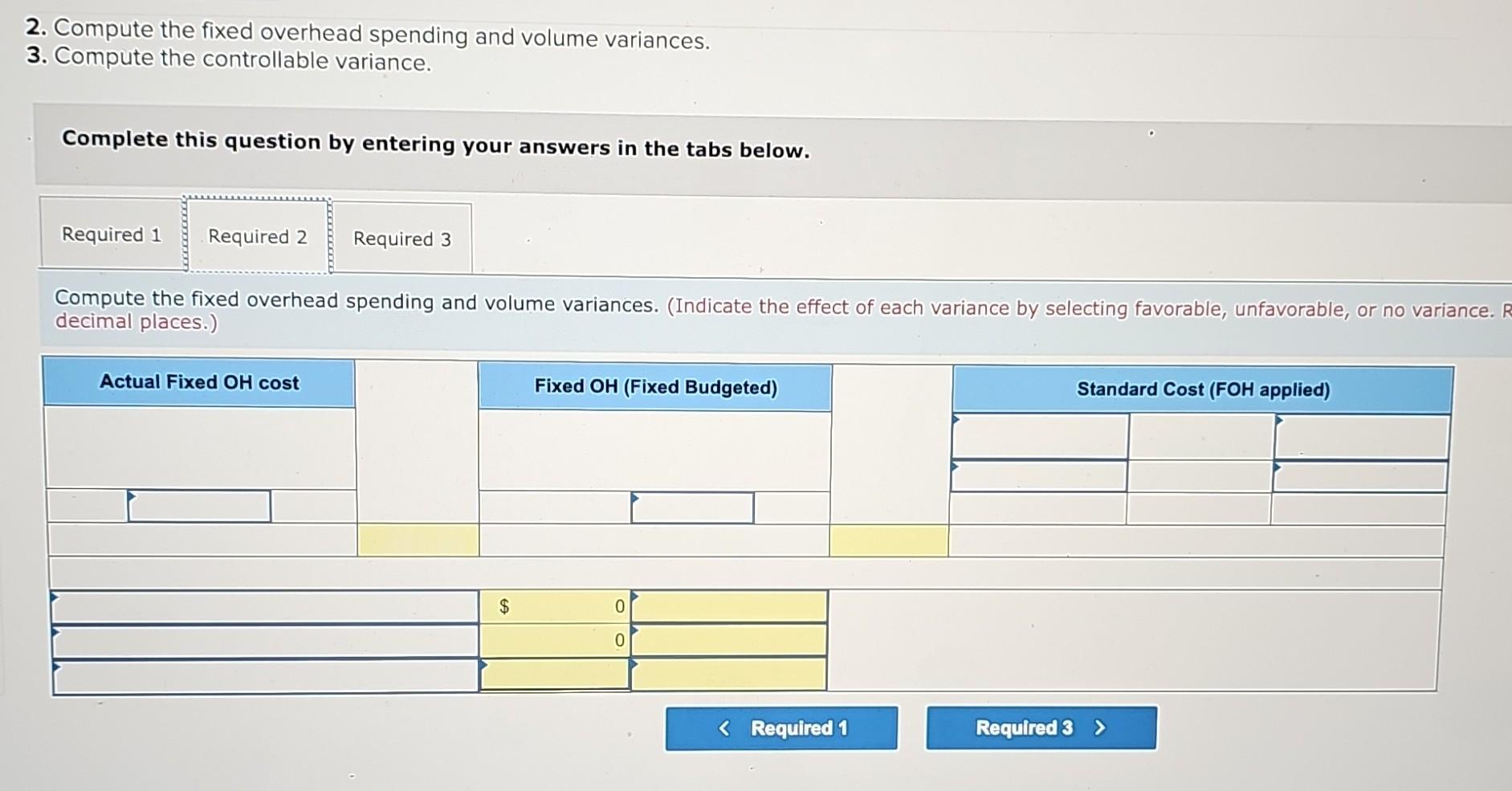
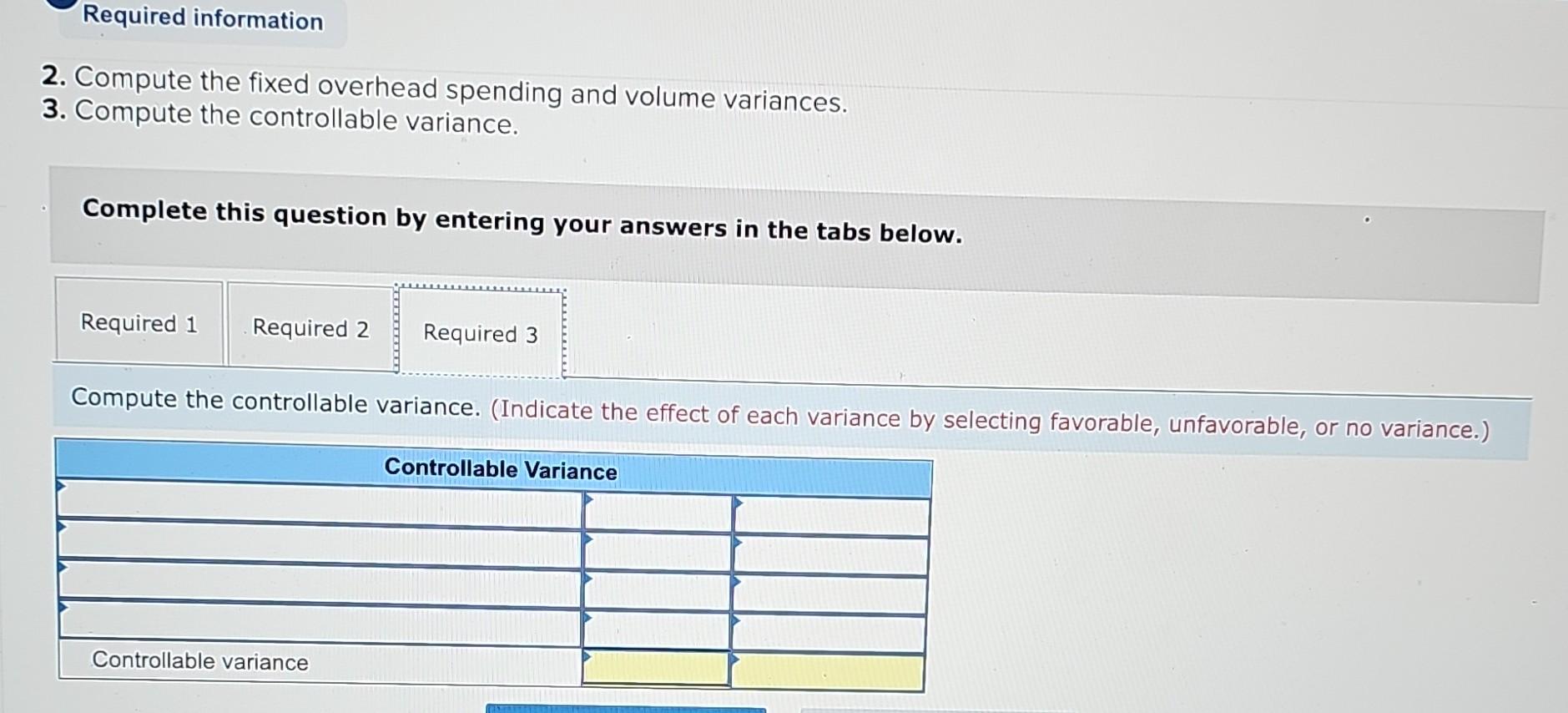
The $3.70($2.50+$1.20) total overhead rate per direct labor hour (DLH) is based on a predicted activity level of 38,500 units, which is 70% of the factory's capacity of 55,000 units per month. The following monthly flexible 'budget information is available. During the current month, the company operated at 65% of capacity, direct labor of 678,000 hours were used, and the following actual overhead costs were incurred. Compute the total variable overhead variance and identify it as favorable or unfavorable. (Indicate the effect of the variance by electing favorable, unfavorable, or no variance.) . Compute the total fixed overhead variance and identify it as favorable or unfavorable. (Indicate the effect of the variance by electing favorable, unfavorable, or no variance.) following actual overhead costs were incurred. 1. Compute the total variable overhead variance and identify it as favorable or unfavorable. (Indicate the effect of the variance by selecting favorable, unfavorable, or no variance.) 2. Compute the total fixed overhead variance and identify it as favorable or unfavorable. (Indicate the effect of the variance by selecting favorable, unfavorable, or no variance.) Sedona Company set the following standard costs for one unit of its product for this year. The $3.70($2.50+$1.20) total overhead rate per direct labor hour (DLH) is based on a predicted activity level of 38,500 units, which is 70% of the factory's capacity of 55,000 units per month. The following monthly flexible budget information is available. During the current month, the company operated at 65% of capacity, direct labor of 678,000 hours were used, and the following actual overhead costs were incurred. AH= Actual Hours SH= Standard Hours AVR = Actual Variable Rate SVR = Standard Variable Rate 1. Compute the variable overhead spending and efficiency variances. 2. Compute the fixed overhead spending and volume variances. 3. Compute the controllable variance. Complete this question by entering your answers in the tabs below. Compute the variable overhead spending and efficiency variances. (Indicate the effect of each variance by selecting favorable, unfavorable, per unit" to 2 decimal places.) 2. Compute the fixed overhead spending and volume variances. 3. Compute the controllable variance. Complete this question by entering your answers in the tabs below. Compute the fixed overhead spending and volume variances. (Indicate the effect of each variance by selecting favorable, unfavorable, or no variance decimal places.) 2. Compute the fixed overhead spending and volume variances. 3. Compute the controllable variance. Complete this question by entering your answers in the tabs below. Compute the controllable variance. (Indicate the effect of each variance by selecting favorable, unfavorable, or no variance.) The $3.70($2.50+$1.20) total overhead rate per direct labor hour (DLH) is based on a predicted activity level of 38,500 units, which is 70% of the factory's capacity of 55,000 units per month. The following monthly flexible 'budget information is available. During the current month, the company operated at 65% of capacity, direct labor of 678,000 hours were used, and the following actual overhead costs were incurred. Compute the total variable overhead variance and identify it as favorable or unfavorable. (Indicate the effect of the variance by electing favorable, unfavorable, or no variance.) . Compute the total fixed overhead variance and identify it as favorable or unfavorable. (Indicate the effect of the variance by electing favorable, unfavorable, or no variance.) following actual overhead costs were incurred. 1. Compute the total variable overhead variance and identify it as favorable or unfavorable. (Indicate the effect of the variance by selecting favorable, unfavorable, or no variance.) 2. Compute the total fixed overhead variance and identify it as favorable or unfavorable. (Indicate the effect of the variance by selecting favorable, unfavorable, or no variance.) Sedona Company set the following standard costs for one unit of its product for this year. The $3.70($2.50+$1.20) total overhead rate per direct labor hour (DLH) is based on a predicted activity level of 38,500 units, which is 70% of the factory's capacity of 55,000 units per month. The following monthly flexible budget information is available. During the current month, the company operated at 65% of capacity, direct labor of 678,000 hours were used, and the following actual overhead costs were incurred. AH= Actual Hours SH= Standard Hours AVR = Actual Variable Rate SVR = Standard Variable Rate 1. Compute the variable overhead spending and efficiency variances. 2. Compute the fixed overhead spending and volume variances. 3. Compute the controllable variance. Complete this question by entering your answers in the tabs below. Compute the variable overhead spending and efficiency variances. (Indicate the effect of each variance by selecting favorable, unfavorable, per unit" to 2 decimal places.) 2. Compute the fixed overhead spending and volume variances. 3. Compute the controllable variance. Complete this question by entering your answers in the tabs below. Compute the fixed overhead spending and volume variances. (Indicate the effect of each variance by selecting favorable, unfavorable, or no variance decimal places.) 2. Compute the fixed overhead spending and volume variances. 3. Compute the controllable variance. Complete this question by entering your answers in the tabs below. Compute the controllable variance. (Indicate the effect of each variance by selecting favorable, unfavorable, or no variance.)
Step by Step Solution
There are 3 Steps involved in it
Step: 1

Get Instant Access to Expert-Tailored Solutions
See step-by-step solutions with expert insights and AI powered tools for academic success
Step: 2

Step: 3

Ace Your Homework with AI
Get the answers you need in no time with our AI-driven, step-by-step assistance
Get Started


